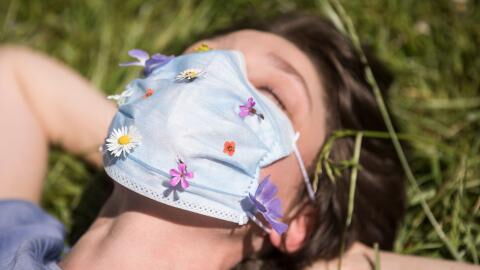Sunny weather has been coming and going these last few months, meaning that allergies have also been hanging about ready to make everyone's day.
Discover our latest podcast
Allergies to pollen, cat/dog hair, dust, and flowers are quite common, and they’re not going to stop anytime soon with this summer period that is about to begin. How can one distinguish between allergy symptomsand those of COVID-19? The two are quite similar, so allow us to fill you in.
Advice from an expert
Allergist Édouard Sève explained the differences in the symptoms:
When it comes to allergies, there is more sneezing, skin irritations, nose, eyes, and throat that are irritated, but also red, runny eyes, and a runny nose. In cases of COVID-19, there is only a fever, aches and pains, and severe fatigue.
Finally, in general, people who are sensitive to allergens experience allergy symptoms at least once a year, so it's completely normal to feel some discomfort. Of course, if you have any doubts about your symptoms, don't hesitate to call a doctor.
How to limit allergies?
In order to limit your allergic reactions as much as possible, you should first thoroughly clean your home.
To do this, clean out the filters in your air conditioners, your range hood, and your air ducts, dust regularly, avoid carpets and do not open the windows too often. The goal? Preventing allergens from getting into your home.















